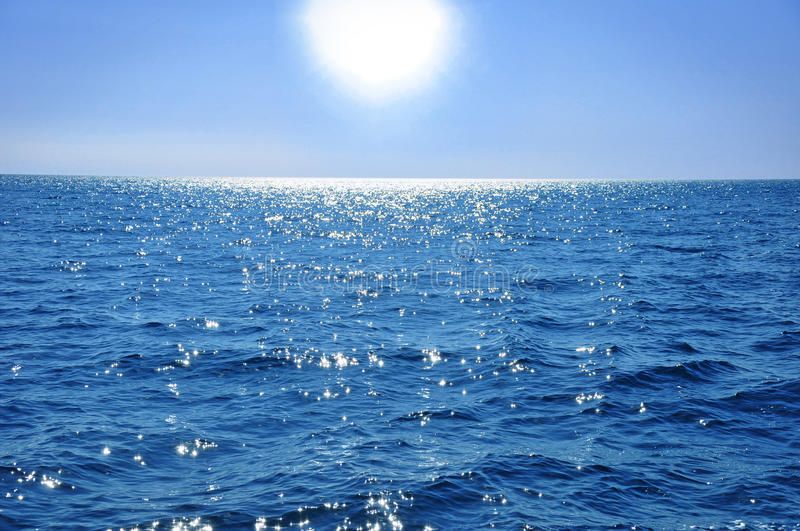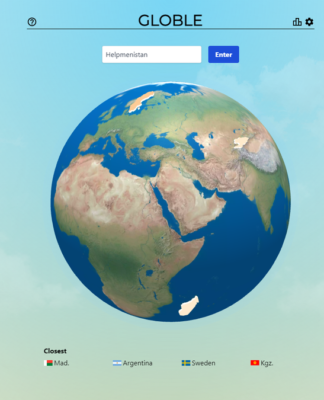The greater part of the ocean presently logs temperatures once thought to be outrageous, compromising endless species, occupations, and the air we relax.
WITHOUT THE OCEAN, environmental change ashore would be considerably more disastrous. The oceans have retained more than 90% of the abundance heat from ozone depleting substance discharges, basically saving humankind from itself. Yet, it’s causing significant damage: The sea, as well, is quickly warming. Furthermore similarly as we have heat waves ashore, portions of the sea can encounter temperature spikes as well.
New exploration uncovered exactly the way that awful the issue has gotten. Specialists from the Monterey Bay Aquarium started their computation by dissecting surface temperature information from 1870 to 1919, inspected from across the globe. (Indeed, ships have been taking the sea’s temperature for a considerable length of time.) Once they knew the recorded high temperatures for every month in various pieces of the sea, they had a benchmark for marine temperature limits before the acceleration of environmental change. In the nineteenth century, just 2% of the sea surface experienced such limits.
Then, at that point, they contrasted this information with readings in similar spots taken from 1920 to 2019. Their outcomes show that continuously 2014, a big part of the sea surface was logging temperatures once viewed as outrageous surpassing those authentic highs. By 2019, that figure was 57%. In 150 years, the event of outrageous hotness had turned into the new typical.
These spikes are not the same as the general ascent in water temperature, which is additionally brought about by a dangerous atmospheric devation. For a certain something, a specific area can return off of a high when winter shows up. What’s more the area of the spikes can fluctuate over the long haul, meaning a few spots were impacted sooner than others. So while a large portion of the sea surface was logging temperature limits by 2014, the South Atlantic had really passed that boundary back in 1998.
“Also that is silly,” says biologist Kyle Van Houtan, president and CEO of the Loggerhead Marinelife Center, who coauthored the present paper in the diary PLOS Climate depicting the discoveries. (Van Houtan did the exploration in his past job as the main researcher at the aquarium, with sea life scholar Kisei Tanaka, presently at the National Oceanic and Atmospheric Administration.) “There’s a few significant changes going on right now in the sea, and we believe that this computation, this file, of marine hotness that we assembled is assisting with depicting why,” he proceeds. “I think outrageous marine hotness is significantly more of an issue than we suspected it was. It’s really normal today, which is terrifying, on the grounds that generally it was simply outrageous it was uncommon.”
“The patterns they’re seeing are steady with results from a ton of different papers that infer that marine hotness waves are turning out to be more incessant, they’re hotter, and they’re enduring longer,” says Bridget Seegers, an oceanographer at NASA, who wasn’t engaged with the work. (She was, however, among the scientists who as of late revealed that 2021 was the 6th most sweltering year at any point recorded.)

Take a look at the map above. The redder the area, the more months that it logged temperatures higher than that historical baseline measured between 1870 and 1919. Or, put another way, what used to be extreme is now normal in those red areas. Notice how in the 1980s the extreme heat was mostly around Antarctica, but by the 2010s it had spread all over the world, particularly around the equator.
“Now, that’s really concerning,” says Van Houtan, “because obviously that’s the distribution of corals. Coral reefs in the past decade have had dramatic and widespread bleaching events.” This happens when warming waters stress the corals, causing them to release the photosynthetic algae that help them produce energy. Without energy, the corals die, contributing to the collapse of the reef ecosystem.

The realistic above shows one more perspective on by country. The regions that counted the most long stretches of outrageous marine hotness are the Maldives in the Indian Ocean, Tanzania on the east shoreline of Africa, and Micronesia in the Pacific-every one of them are along the equator.
You may have seen a glaring special case for the general warming pattern in the main guide. The Pacific Ocean off South America-that huge blue mass on the guide opposes outrageous hotness due to the upwelling of chilly, profound waters. In any case, Van Houtan alerts, this shouldn’t be perused as a pointer that this region is unaffected by environmental change. “This isn’t a guide of warming. Wherever is warming,” he says. “This is a guide of the event of outrageous hotness. Thus those huge blue regions might be warming-and truth be told, are warming-however they are regions that generally have had a great deal of fluctuation in those frameworks.”
“Better places really sort of alternate expanding quickly,” concurs Daniel Rudnick, an actual oceanographer at the Scripps Institution of Oceanography, who wasn’t engaged with the new examination. For instance, Rudnick concentrates on the North Pacific, where he saw a significant expansion in heat in 2014. “I believe that will be the story by and large, that various areas will sort of proceed. There is an overall pattern for the entire Earth to warm, however the way that it will occur in any district will be unique.”
Ocean depth plays a big role in how regions are affected. While the depth of the middle of the Pacific Ocean allows cooler waters to upwell, the shallower areas around tropical islands get no such relief. Island nations are at additional risk because water gets bigger as it gets hotter, a phenomenon known as thermal expansion. “The same mass of water takes up more volume, and so there you go—sea level rise,” says Rudnick.
Truth be told, generally 50% of human-caused ocean level ascent is from overflow from softening ice sheets, and the other half is from hotter waters simply occupying more room. In any case, more locally, practically all of the local fluctuation in ocean level ascent is because of warm extension, Rudnick adds. The more blazing the beach front water, the more the ocean rises. This can happen rapidly with outrageous hotness occasions, though ocean level ascent from ice dissolve occurs at a, all things considered, more chilly speed.
The environmental outcomes of rising hotness both as far as by and large warming and spikes from outrageous hotness are both self-evident and unobtrusive. Species with the capacity to escape, similar to fish, are advancing toward the posts. “Like lobster, for instance. We’re seeing a few sensational changes in the geographic dispersion of that fishery off the upper east US,” says Van Houtan. “There used to be a fishery in New York and New Jersey, and that is basically nonexistent. What’s more now Maine is flourishing, yet in 10 years Maine might be on the rear, and it might simply be a Canadian fishery pushing ahead.” Similarly, resource fishers in the jungles might lose their vocations as whole fish populaces move away.
Yet, species that are fixed set up, similar to wipes and corals, can’t leg it (or blade it) to cooler regions. “The proper ones are probable going to be seeing outright edges of hotness that they can’t exist together with, as you will see a decay of those,” says Van Houtan.
Outrageous hotness represents an extra risk, in any event, for species that are now during the time spent steadily relocating to cooler regions. “Whenever you have these unexpected occasions like marine hotness waves, they don’t give any an ideal opportunity for transformation,” says Seegers. “So they can bring about extremely high mortality. This occurs across biological systems from coral reefs to kelp timberlands, and they can make seabirds bite the dust.”
“It can take the framework years to recuperate,” Seegers adds, “since, supposing that you have a great deal of mortality, it won’t really go right back to typical.”
Further confounding issues, these hotness limits frequently concur with low breezes. The breeze assumes a significant part in the sea pecking order, since it blends the water, raising supplements from the profundities. Little photosynthetic living beings called phytoplankton depend on these supplements, simply the manner in which the plants in your nursery depend on compost. These phytoplankton feed creature species called zooplankton, which feed fish, which feed marine vertebrates and seabirds. Losing the phytoplankton to outrageous hotness, then, at that point, attacks the foundation of the food web.
And crucially, phytoplankton produce most of the oxygen in our atmosphere. “The reality is that we have two lungs on the planet: One of them’s green—the forests—and the other one’s blue—the ocean. The ocean supplies more than half of the oxygen that we breathe,” says Van Houtan. “It’s no understatement to say that the ocean is the beating heart of our climate system, and the ocean is absolutely critical for sustaining human life on this planet.”
The only way to keep that life support system online is by massively cutting greenhouse gas emissions, and fast. The oceans can’t take much more of this heat.






























